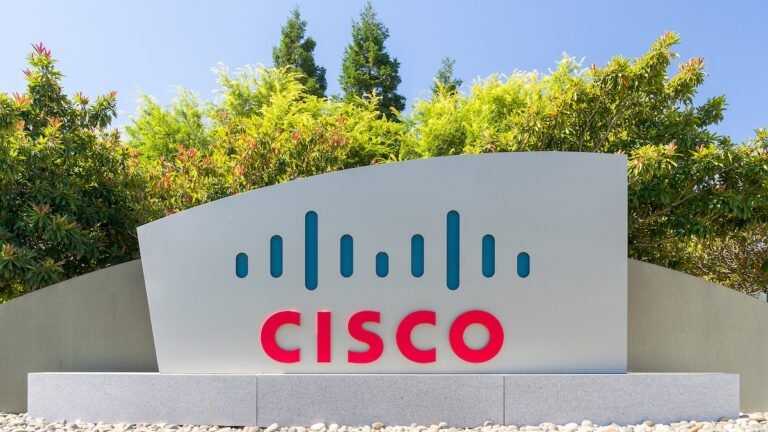Quick Takeaways
-
Data Breach Incident: Cisco disclosed a data breach affecting a third-party CRM system, confirmed on July 24, due to a vishing attack that compromised basic profile information from users registered on Cisco.com.
-
Compromised Information: The stolen data included names, email addresses, phone numbers, organization names, addresses, Cisco-assigned user IDs, and account metadata; no confidential or proprietary customer data, passwords, or sensitive information was accessed.
-
Immediate Response: Cisco quickly terminated the hacker’s access and launched an investigation, ensuring there was no impact on products or services, and notified affected users and data protection authorities.
- Ongoing Security Measures: In response to the breach, Cisco is enhancing security protocols and reinforcing staff education on identifying vishing attacks, aiming to prevent future incidents.
Problem Explained
On July 24, Cisco disclosed a significant data breach involving a third-party customer relationship management (CRM) system, attributed to a vishing attack that targeted one of its representatives. The cybercriminal was able to access and extract a subset of profile information from individuals who had registered accounts on Cisco.com. This compromised data included identifiable details such as names, email addresses, phone numbers, organizational affiliation, and other metadata, but notably excluded any sensitive information or customer proprietary data. Cisco acted promptly to revoke the hacker’s access, ensuring that no other CRM instances or company products were jeopardized.
The incident, which has drawn the attention of data protection authorities, is indicative of broader cybersecurity vulnerabilities, prompting Cisco to emphasize its commitment to resilience within the security landscape. In their statement, Cisco acknowledged that incidents like these offer valuable lessons, leading to the enhancement of security protocols and further education for personnel on recognizing threats like vishing attacks. This breach is compounded by a prior incident in December 2024, where notorious hacker IntelBroker leaked sensitive files from a public-facing resource, highlighting ongoing challenges in safeguarding information.
What’s at Stake?
The recent data breach involving Cisco’s third-party CRM system poses significant risks not only to affected individuals but also to other businesses and organizations that may unwittingly share or interact with the compromised data. The exposed information—names, email addresses, phone numbers, and organizational details—could be exploited for targeted phishing attacks, further jeopardizing users’ cybersecurity and prompting a cascade of vulnerabilities across interconnected networks. This breach illustrates a critical weak link in the supply chain of data security; if third-party providers are not adequately safeguarded, businesses reliant on them may inadvertently face reputational damage, financial losses, or regulatory scrutiny. As organizations absorb the potential ripple effects, including increased scrutiny from data protection authorities and a pressing need for robust cybersecurity measures, the incident underscores the imperative for holistic security strategies that extend beyond an organization’s immediate purview. Ultimately, the breach serves as a stark reminder of the interconnected nature of today’s digital ecosystem, where the fallout from a single incident can reverberate widely, impacting operational integrity and trust across the business landscape.
Possible Next Steps
Timely remediation is critical in the wake of data breaches, such as the recent incident where Cisco reported user data theft due to a CRM hack. The implications of such a breach can be profound, affecting not only the immediate stakeholders but also the broader public trust in the organization’s ability to safeguard sensitive information.
Mitigation Steps:
- Immediate User Notification
- Data Breach Assessment
- System Lockdown
- Forensic Analysis
- Vulnerability Patch Deployment
- Strengthening Access Controls
- Enhancing User Authentication
- Incident Response Plan Activation
NIST CSF Guidance:
NIST’s Cybersecurity Framework (CSF) emphasizes the need for a holistic approach to cybersecurity risk management. Organizations should implement continuous monitoring and timely incident response mechanisms. For detailed procedures, reference NIST Special Publication (SP) 800-61, which provides comprehensive insights into Computer Security Incident Handling.
Advance Your Cyber Knowledge
Stay informed on the latest Threat Intelligence and Cyberattacks.
Access world-class cyber research and guidance from IEEE.
Disclaimer: The information provided may not always be accurate or up to date. Please do your own research, as the cybersecurity landscape evolves rapidly. Intended for secondary references purposes only.
Cyberattacks-V1

